We are currently processing the applications for our Panton Fellowships (sponsored by CCIA – http://en.wikipedia.org/wiki/Computer_%26_Communications_Industry_Association to whom many thanks). On Thursday Michelle Brook and I worked on this in C4CC – the OKFN’s London hangout:
Firstly many thanks to everyone who applied (and those who spread the word). Obviously we won’t give any personal details at this stage. This year we expanded the eligibility to “Europe” and we’ve had applications from north east south west which is very gratifying.
It’s a pleasure and privilege to read the applications (and I’ve read them thoroughly). People are doing exciting things and having exciting ideas. We appreciate the time you’ve put in.
The Panton Advisory Board (which does the analysis and selection) includes Tim Hubbard, Cameron Neylon, Rufus Pollock, John Wilbanks and myself and is serviced by Michelle. The remit of the Fellowships is broad – it should be based on the ideas of Panton (Open Science Data) and should further those aims, but we looking for applicants to come up with new ideas – and we aren’t afraid of risk. It’s important that the Fellows engage with a community and aim to make an impact but we don’t constrain how. Although it’s absolutely not required it’s gratifying to see applicants who have already come up with ideas and tried them.
It’s very difficult to judge people from a CV and a paper proposal so after an initial selection we ask a short list of applicants to prepare a short video or similar as a complementary way of showing themselves and their ideas. This isn’t judged on technical quality but how the person and idea come over (i.e. you don’t have to hire a specialist! – phones and PCs have reasonable cameras. ) If you can’t read the detail, then it shouldn’t be there!
And I wouldn’t ask anyone to do something I wouldn’t. Two years ago I applied for a Shuttleworth Foundation fellowship which required a 4.5 minute video. The timing caught me in the wilds of Washington State (PNNL) without a video camera. I re-used some existing footage and got enormous help from Jenny Molloy. She used the services in Oxford Computing Services – each night she would edit the latest version and send it to me (9 hours out of phase). So there was only one turnround a day – I would make some written comments and we might have a short Skype. I think it actually turned out quite well.
When I got back I found I had been selected for the next stage and had to make a different video. I couldn’t impose on Jenny, so I found out how to do it on a PC. And it was nowhere near as difficult as I thought. I used “Windows Live Movie Maker” as an editor (which came bundled with the machine). I’m not promoting this product but it worked for me in a rush. I could shoot and edit and release as WMV files (these cannot be read everywhere and I have since moved to using the FLOSS Handbrake for converting to better more compact more universal formats such as MP4).
I didn’t get a Fellowship, but the experience was really valuable. It sharpened by ideas and my technology hugely. Most competitive grant applications are unsuccessful – this is due to competition and not necessarily because they are flawed. So if you are a current Panton applicant and aren’t selected don’t regard your application as necessarily bad. And perhaps look for somewhere different to apply to with a (possibly modified) proposal.
With tools such as Doodle, Googledocs and Skype it’s easy to get synchronous and asynchronous communication over a few days. At least 2 and possibly more Board members are out of the country so we have to aim for restricted hours for Skype – but we’ve done this before and it’s universal in OKFN activities.
Thanks again to all applicants.

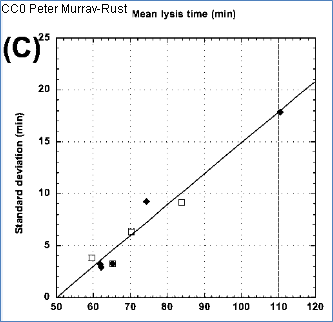
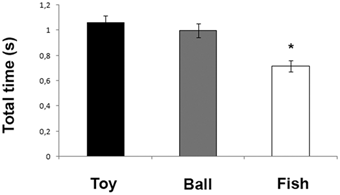



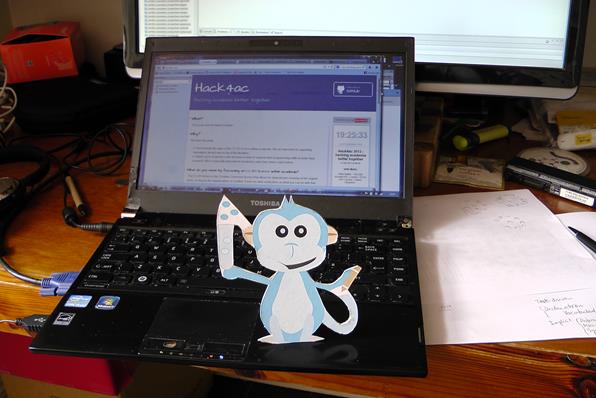
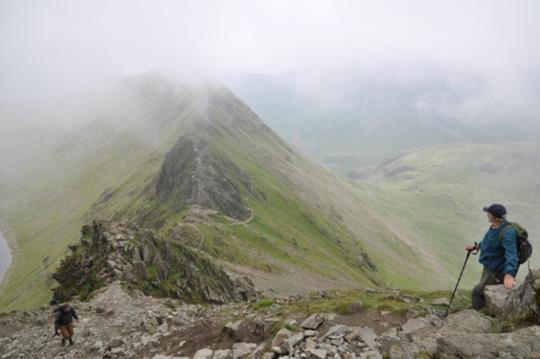
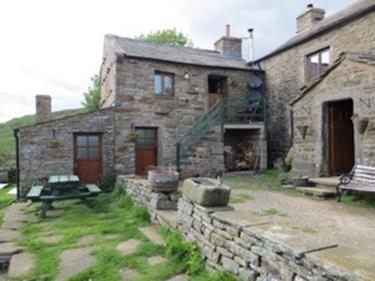
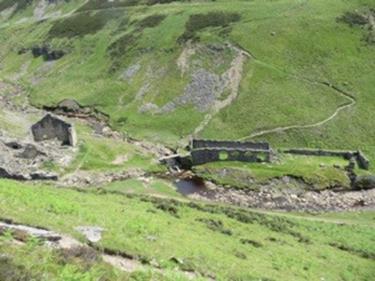

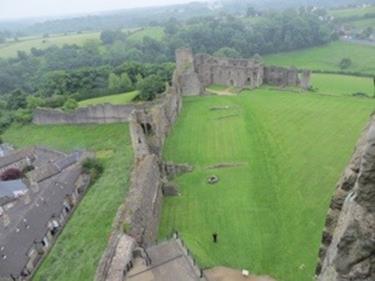
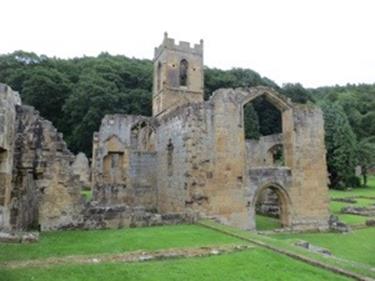




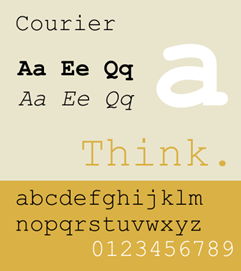
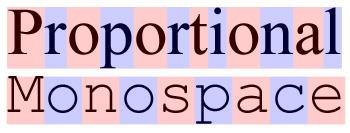
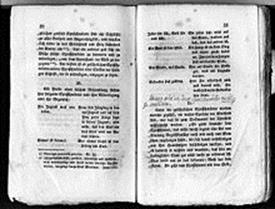 from (
from (